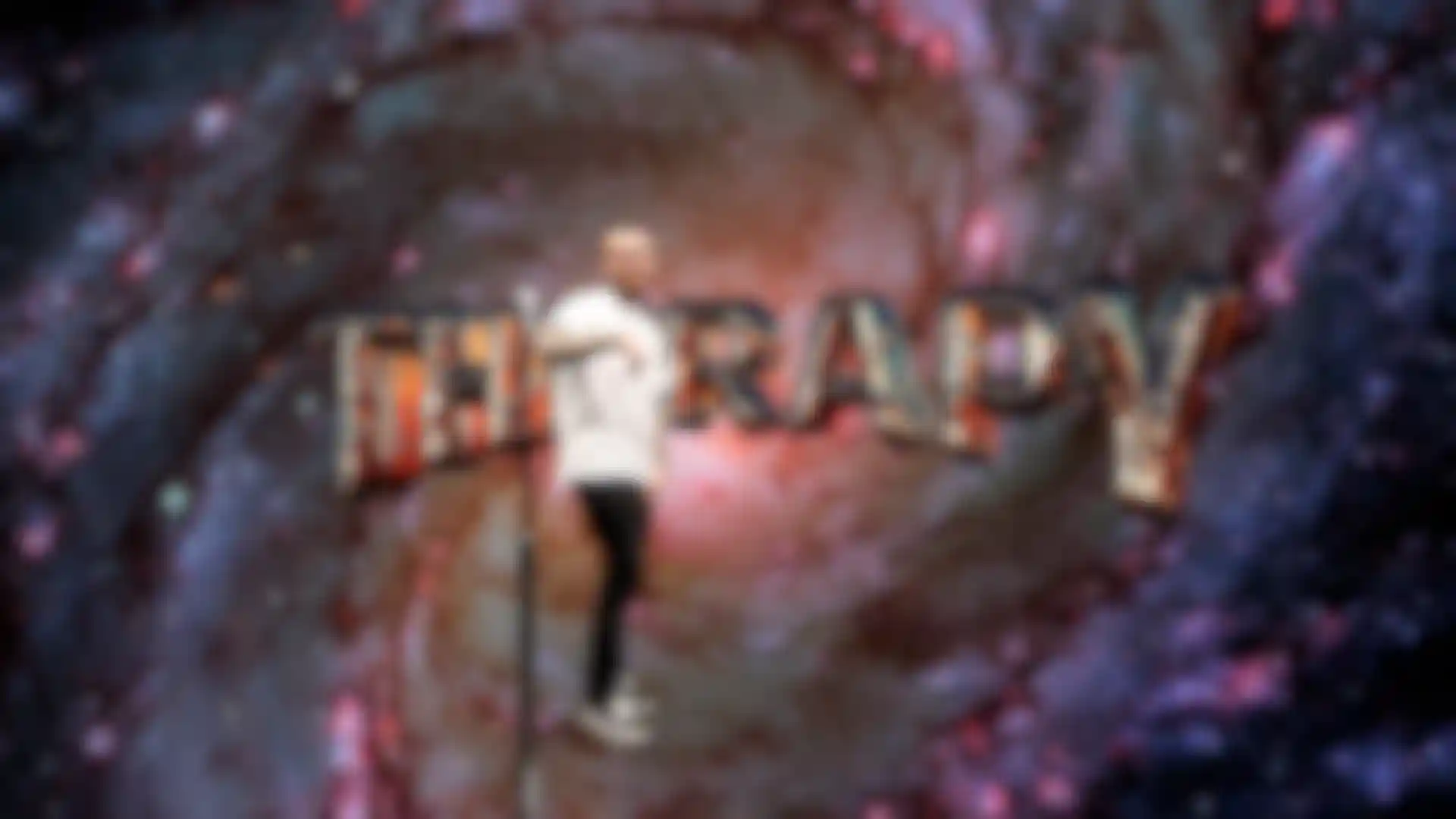
Somethin’ Real Jon Lutjens talks about the making of ‘Therapy Pt. 2,’ a musical collaboration between the late Mac Miller and Robert Glasper.
American rapper and record producer Mac Miller died tragically four years ago, but fans have recently been able to enjoy his music again in ‘Therapy Pt. 2,’ a previously unreleased song he collaborated on with his friend Robert Glasper, a four-time Grammy-winning jazz pianist.
Featuring Miller’s honest lyrics and easy vocals over Glasper’s soulful piano riffs, “Therapy Pt. 2” is a smooth, jazzy sequel to “Therapy” from Miller’s 2014 studio album “Faces.”
A reflection of the friendship and musical gifts shared by Miller and Glasper, the track was released on Glasper’s latest album “Black Radio III: Supreme Edition,” and the video features Miller rapping joyfully among the stars backed by an eclectic parade of 3D elements.
Anthony Gaddis & Eric Tilford directed the video, adding to their long list of previous collaborations with Miller, including videos for tracks on “Circles,” “Swimming,” “Self Care,” “Come Back to Earth” and the posthumous “Good News”.
We talked with 3D Artist and Animator Jon Lutjens, who used Cinema 4D, Octane and After Effects for the video, which came together in just nine days.
Jon, please tell us how you got involved with this project.
Lutjens: I’ve been the lead animator on just about everything that Anthony Gaddis directs for over a decade. He brought me on about 14 projects for Mac and he’s now my studio partner. When he and Eric were invited to direct this video, which was co- produced by Keith Tilford at Language Media and Lutjens animation, I was part of the team, helping them visualize their ideas with relative speed and accuracy.
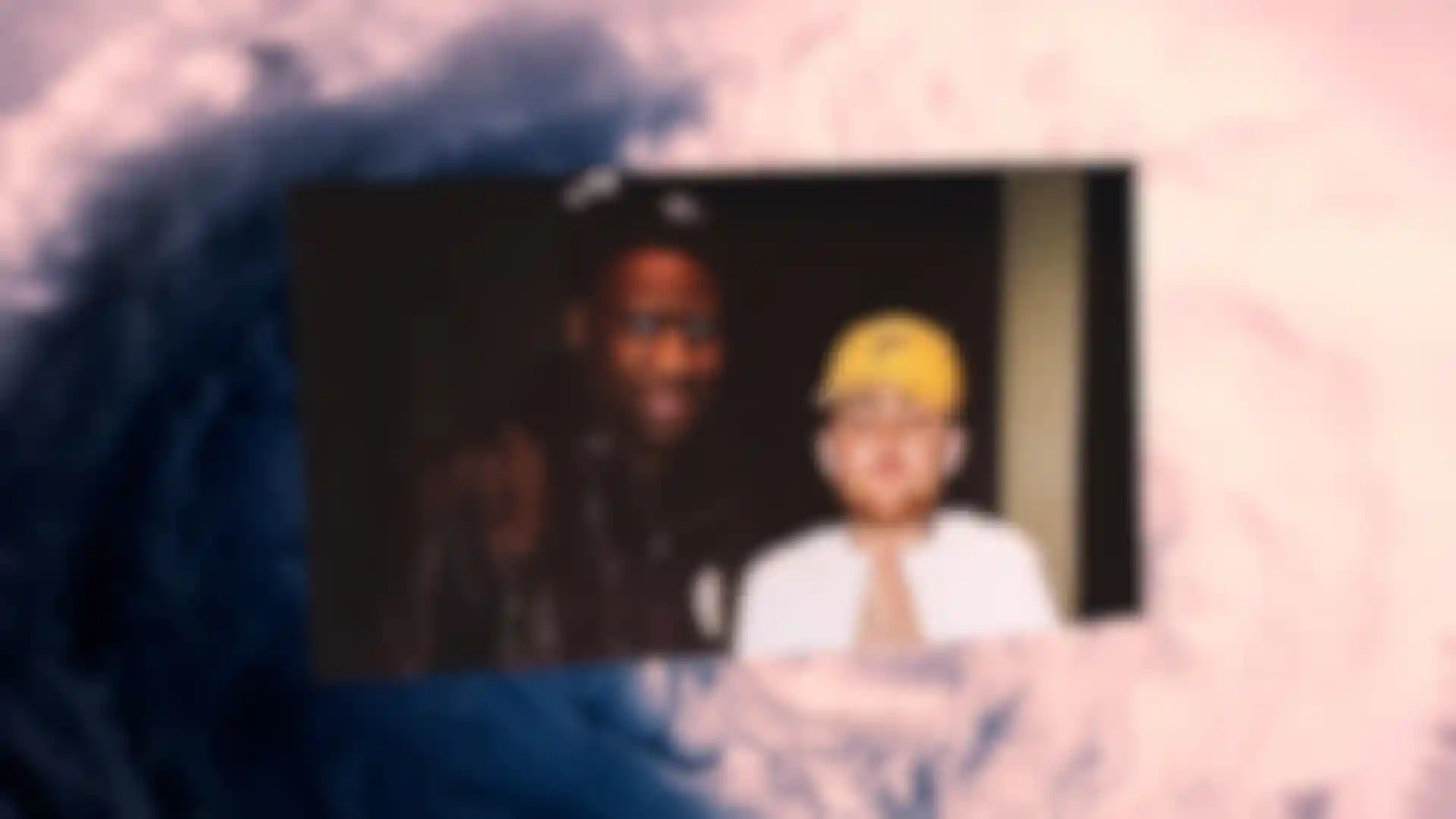
What was different about this project?
Lutjens: This piece had some interesting overlaps between the creation of both the song itself and the video. In the intro to the video you can hear Glasper describe how Mac called and said, “I need some inspiration.” So Glasper sent a track he had been working on and within an hour, Mac had written and recorded lyrics. The project had such a tight timeline, I definitely felt like we were operating in a similar fashion. No time to overthink it, just DO.
How did you come by this footage of Mac?
Lutjens: Anthony had access to a good deal of footage of Mac from the making of “Good News,” and this was recorded some years ago at a practice session. He began experimenting with it in relation to “Therapy Pt. 2,” and was surprised to find it was a remarkable fit, as if Mac was actually singing and moving to the track.
Eventually, Anthony began manipulating the speed and looping it back and forth. When we saw that, we knew we had the foundation of the entire video. The only challenge was having footage of a very energetic Mac rotoscoped within about one week.
Tell us about the creative thinking behind the astral visuals and 3D elements?
Lutjens: I think Anthony & Eric wanted to pick up where they left off with “Good News,” where Mac journeys over the Earth, through outer space, eventually entering a heaven-like realm. I remember them being very excited about the idea that Mac is out there inhabiting some other dimension and making music that inspires extraterrestrials to dance.
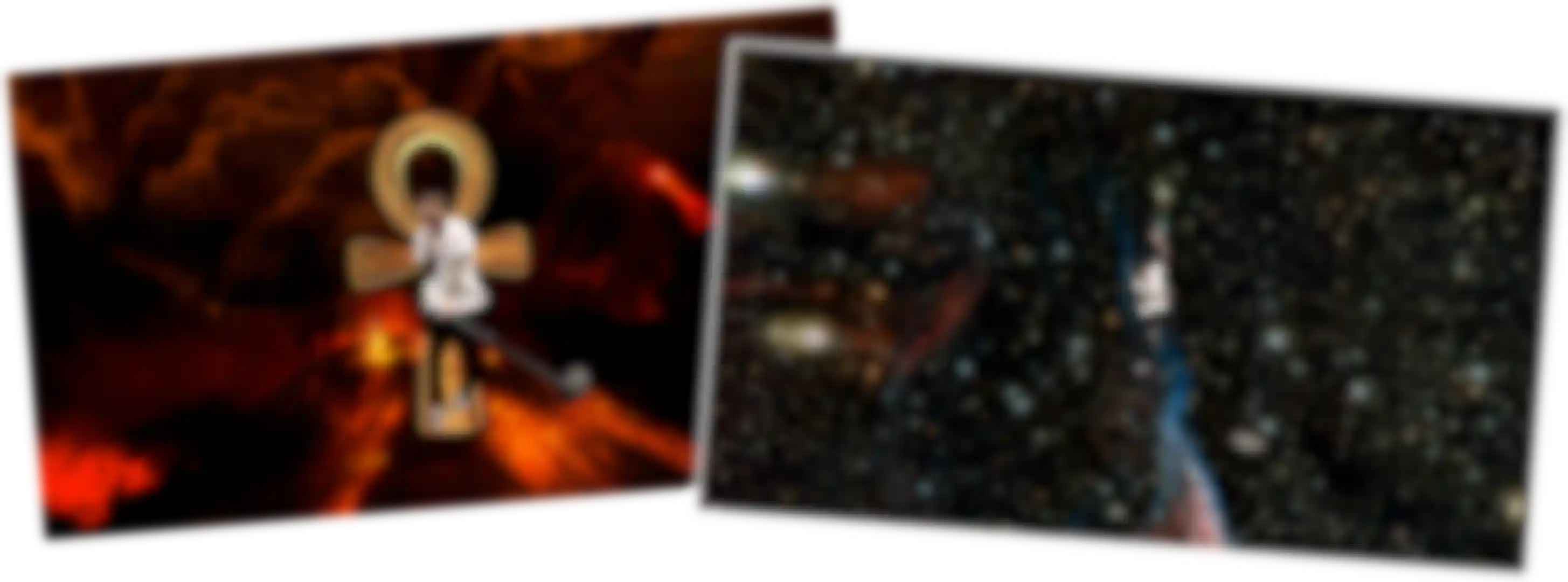
But they wanted this to be a progression, not a homage, and I think we achieved a sharper, more hyper-real overall aesthetic. We definitely used quite a bit more 3D throughout to achieve that end.
This project also gave us an opportunity to revisit our approach of pairing seemingly disparate visuals and styles to build a unique piece with its own signature look. That process always involves a good deal of experimentation as we’re trying different textures, lighting and movements.
Conversations were about how to get our visuals to match the pace and content of Mac’s lyrics over Glasper’s really unique beat and prominent piano riff. Anthony was overseeing the “spine” of the edit while I was designing and animating the 3D objects chosen by the directors. So the work was both intense and invigorating!
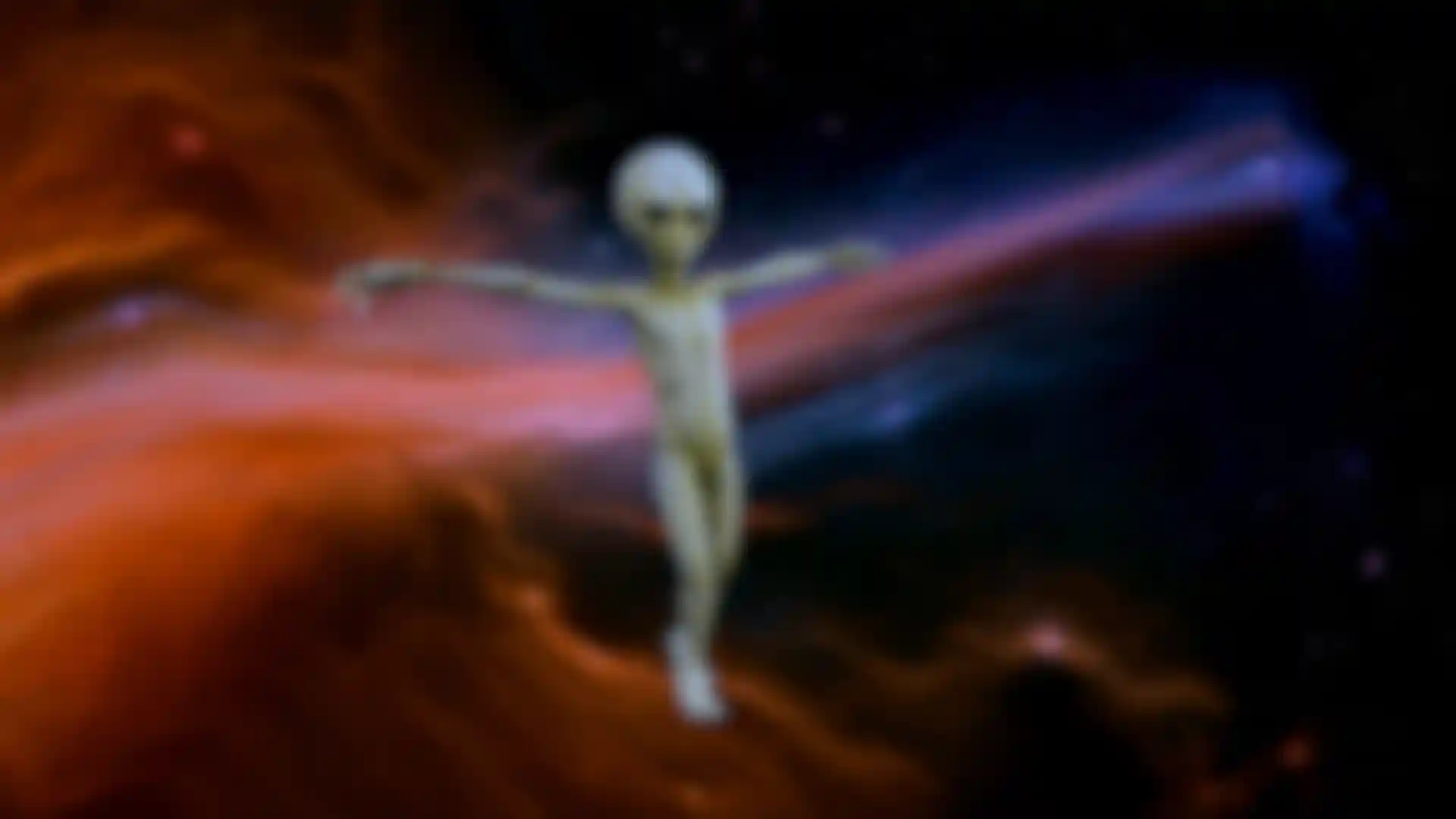
What was your workflow for the opening titles?
Lutjens: The opening titles were created using a striking font from the uber-talented people at The Designers Foundry and a volume builder/mesher setup in Cinema 4D, which allowed me to quickly go from a flat, custom font to an animated and highly tactile-looking title sequence that included a liquid-like “growing” effect without the need for a liquid sim.
C4D’s ZRemesher helped keep the scene under control and responsive. It’s pretty rare that I’m working on a project and doesn’t somehow utilize the MoGraph tools. I was able to get very fine control over the blowing photograph in the opening scene without a whole bunch of keyframes. That’s always great when you know you’re going to need to tweak things for your director.
I also appreciate the Cinema 4D F-curve manager, which gives me very detailed control over my keyframed animations when I’m adjusting curve handles. I spent a lot of time getting those curves just right for the title sequence.
Can you say a bit about the vast number of 3D objects in the video?
Lutjens: Many of the 3D elements reference lyrics, but for the Egyptian-inspired ones, Anthony & Eric described the track as a jazz and freestyle ego-rap combo, which led them to the mystic stylings of the avant-garde jazz artist Sun Ra as a source of inspiration.
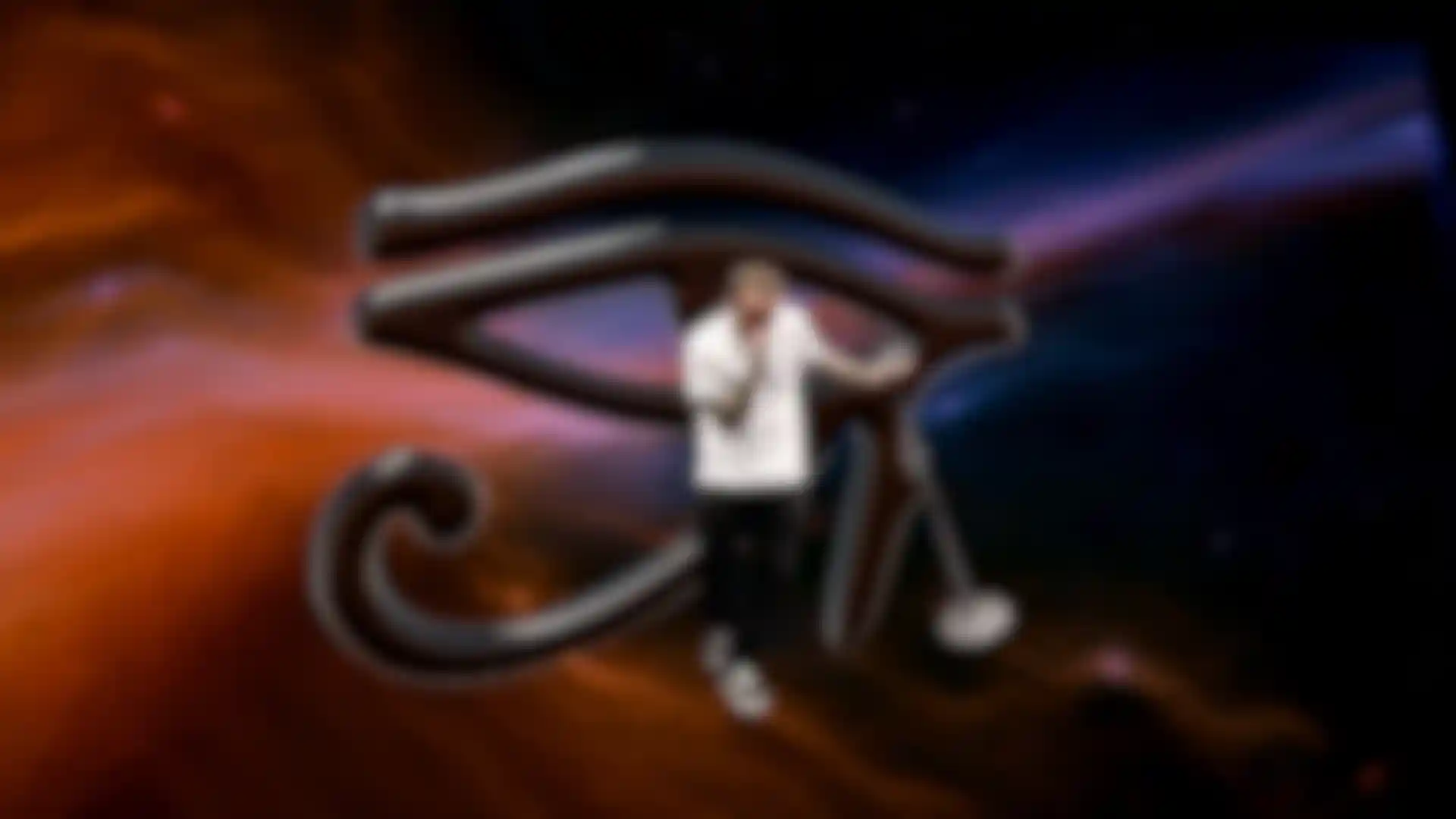
The 3D objects were stock models that we adjusted and usually retextured to get the look Anthony & Eric were aiming for. Being able to pull in almost any 3D file type allowed them to choose from a wide pool of potential models.
We wanted to establish a workflow where different objects could be easily swapped in and out of various spots in the edit, which meant maintaining a very similar POV for all the renders. Everything was rendered from Cinema using Octane, and then some of those sequences were adjusted (color, timing) in After Effects.
What stands out for you about this project?
Lutjens: Like many of our projects, this one was about finding a uniquely creative vision and story. We often work on projects that don’t have every significant creative question clearly established. Sometimes that’s because the client doesn’t have the resources or time, and sometimes it’s because they want a different perspective on the best way to answer those questions.
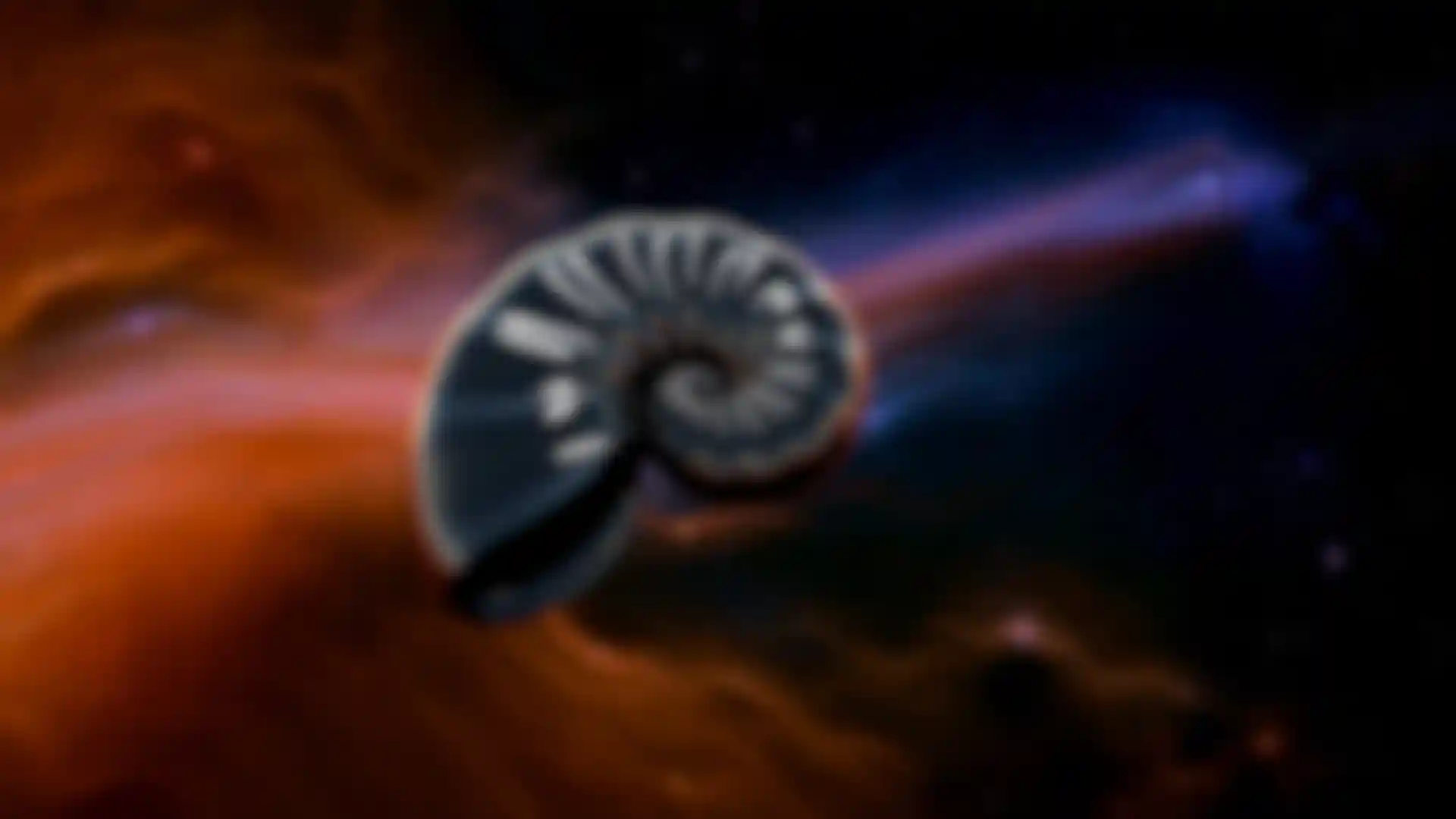
Being able to execute a very specific vision is always an important part of this work but being able to help directors find the right vision is just as critical. Looking at the responses to “Therapy Pt.2,” we got it right, and it’s great to see all of the kudos from fans in the video’s comments.